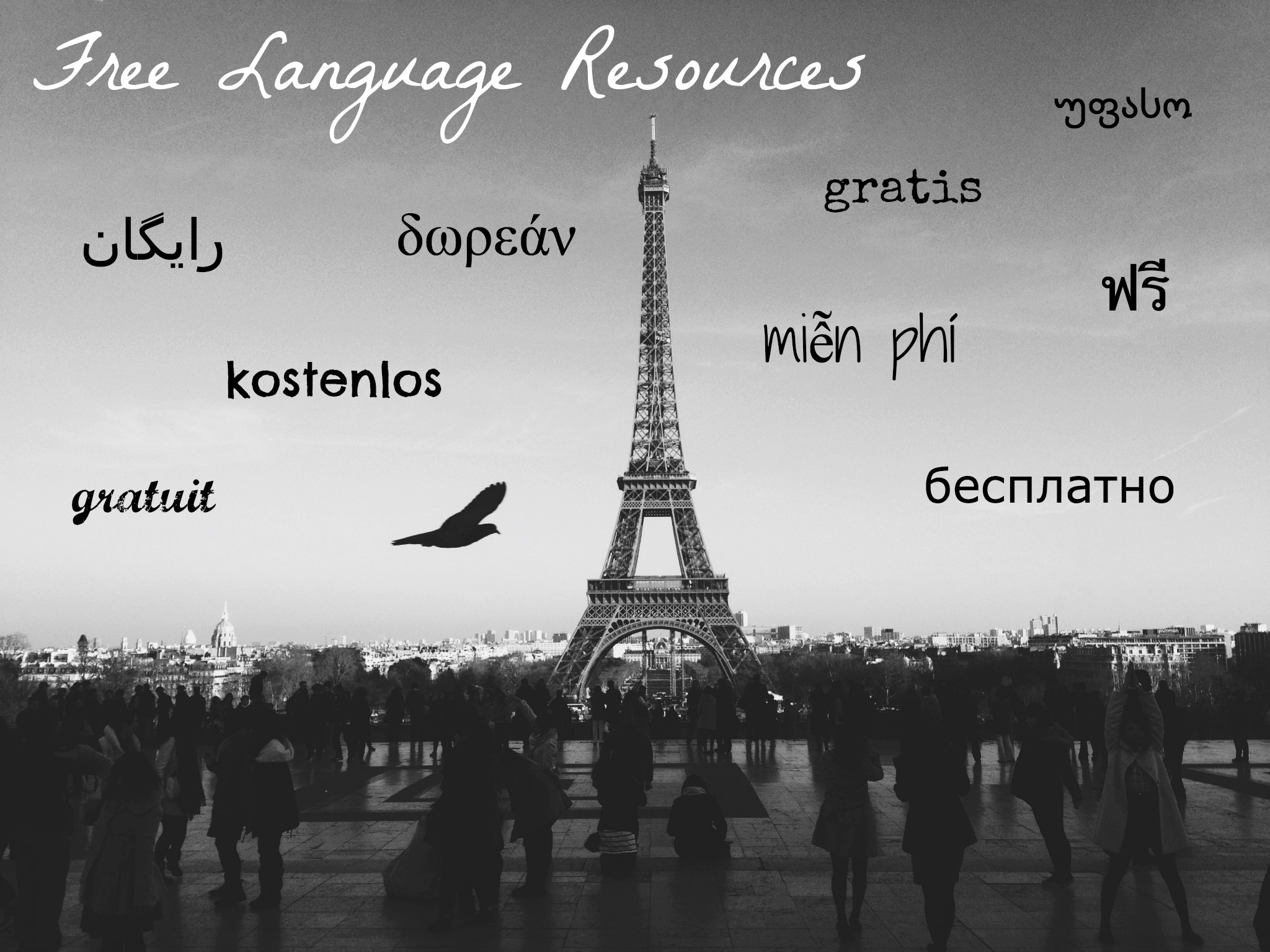As you may know, a major life goal of mine is to one day be multi-lingual. I have varying levels of proficiency in Spanish and Thai (much more Spanish than Thai) and the very basics in a few others, but I’m still far from fluent in any language but my own.
When you’re not fully immersed in the language, it’s not always easy to maintain the skills you already have, much less make improvements. I’ve been home for four months now since leaving South America, so I’ve been forced to seek new ways to incorporate Spanish into my daily life.
And of course, as a traveler, I prefer to save my precious money for flights, buses, hotels, and other travel-related expenses, which is why I’ve gone to great lengths to find language learning resources that don’t cost me a dime.
I’ve listed my favorite free language resources here, and they’re great no matter what language you’re aiming to improve.
Duolingo – I haven’t been a Duolingo user for long, but I love the features it offers. You simply choose the language you’d like to study from their extensive list, and get started on lessons that introduce you to new vocabulary, grammatical rules and structures, and useful phrases. It quizzes you on the concepts you learn using multiple choice questions or by asking you to translate after reading or hearing a word or phrase. If you’ve already studied a language and want to skip the basics, you can take a placement test before you begin. They also employ spaced repetition, re-introducing vocabulary and concepts you haven’t seen in awhile to enhance your retention. For a real challenge, you can study multiple languages simultaneously.
Anki – Anki is a very simple flashcard app. Once downloaded to your computer, you create your own decks of flashcards and quiz yourself at your leisure. Once you flip a card to reveal the answer (or translation) you can then choose how difficult the card was and the app will decide how soon you need to see it again. If a card is very difficult, you’ll see it again before you’ve completed the deck. Add as many cards and decks as you like, and the app will take care of the scheduling, i.e. how soon to introduce new cards and when to review those you’ve already seen. Pretty nifty if you learn well with flashcards.
News publications – Reading the news in the language you want to learn is a fantastic way to expose yourself to useful new vocabulary. Since you’ve probably heard many of the stories in your own language, you’ll be able to ascertain the meaning of many new words simply from context. Reading anything in another language is a great way to learn, but I personally don’t have many Spanish books lying around at home; news sites are available to me anytime (for free). My preferred online news source for practicing Spanish is Reuters América Latina.
Podcasts – This is my most recently acquired resource and probably my favorite. My listening comprehension is reprehensible, so listening to people speaking and explaining in thorough detail the use of idioms and colloquial phrases is exactly what I need. The free podcasts available on iTunes are very basic and not quite what I was looking for, but after a quick Google search I stumbled upon Spanishpodcast.org. There are nearly 200 audio lessons, each with a different topic. A woman introduces the topic and a short dialogue between two people, then spends 20-30 minutes breaking down the conversation piece by piece. For me, it is the perfect level. Podcasts in your language are our there, too!
Google Translate – Though not always accurate when translating long phrases or complex tenses, Google Translate is super handy in a pinch when you just need to translate one or a few words. I keep it open in a separate tab when I’m reading Reuters, for instance, instead of wasting time flipping through a bulky dictionary to look up words.
Native speakers – Conversations with native speakers will always be my preferred method of practicing a language, but if you’re not in the country where the language you’re trying to learn is spoken, native speakers can be hard to come by. I’m lucky to live in an area with a huge Latino population, I just need to get out of my comfort zone more often and default to Spanish whenever possible. If the language you’re learning is less common, try eavesdropping more often when you’re out and about and when you overhear someone speaking it, politely explain that you’re trying to practice and they’ll more than likely be happy to converse with you a bit. (That’s a little tip from one of my idols, a guy called Benny the Irish Polyglot–the man speaks 10 languages fluently and didn’t even start learning them until he was 21–he knows what he’s talking about! Pun intended.)
Pin It!
How do you practice foreign languages? What are some other free language resources I haven’t mentioned?



